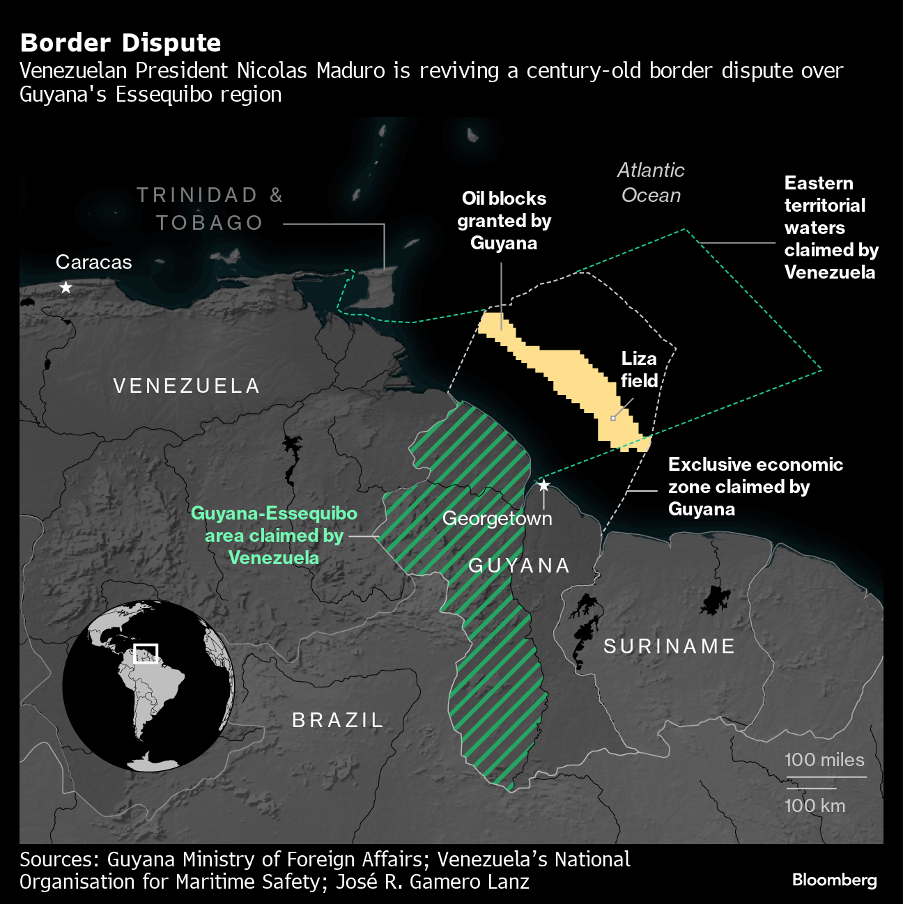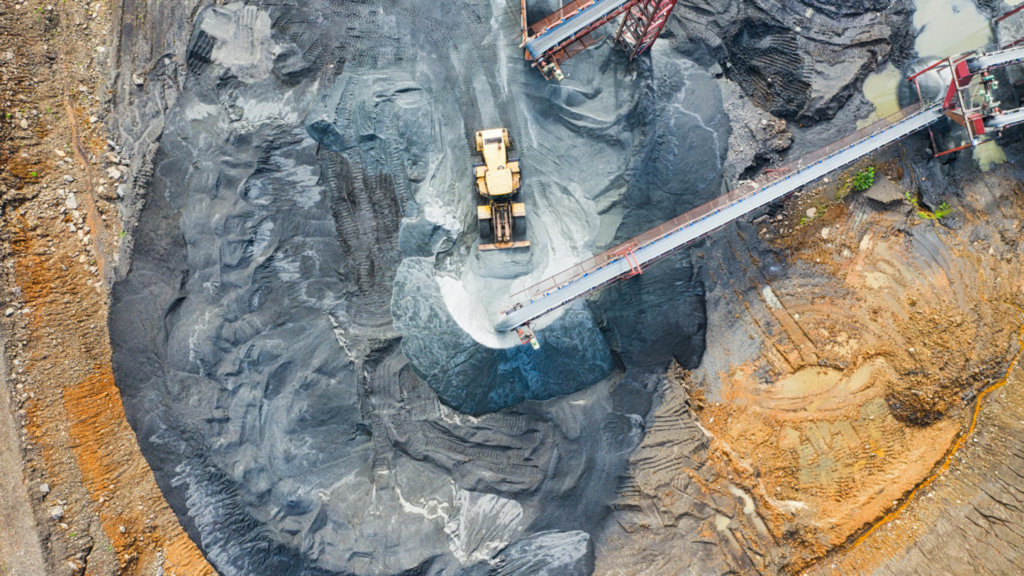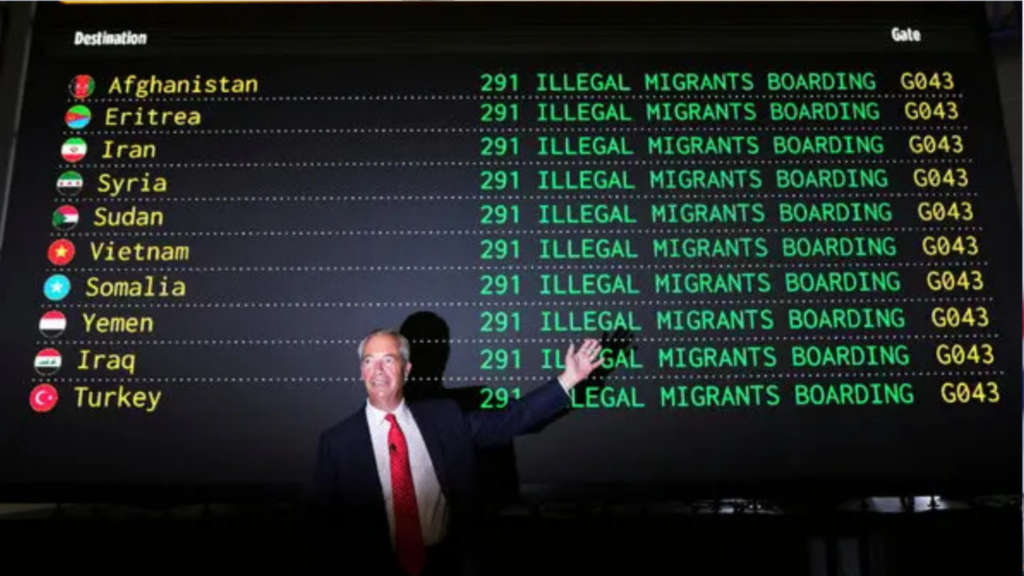Between Giants and Neighbours
The Risks and Rewards of Guyana’s Offshore Oil
While the discovery of oil reserves off the coast of Guyana is not a recent development, the projected commencement of production for ExxonMobil’s Yellowtail Project, scheduled between June and September 2025 (OilNow 2025a; OilNow 2025b), marks a significant milestone in Guyana’s development as an oil superpower.

Currently, production is around 625,000 barrels per day and is expected to reach around 1.3 million b/d by 2027 and 1.7 million b/d by 2030 (Farris, 2025). This would establish Guyana as a significant player in global oil markets. However, disputes have recently arisen between ExxonMobil, the China National Offshore Oil Corporation (CNOOC), and Chevron over the latter’s acquisition of the Hess Corporation and its 30% stake in the Stabroek Block (Dang, 2025).
Thrown into the Deep End
With the discovery of previously unknown valuable natural resources, regional and global actors can quickly become either long-term partners or serious security threats and/or economic competitors. This is especially the case for Guyana since the majority of the discovered oil is medium-light, sweet-grade, which is the easiest type of oil to refine and produces cleaner, higher-quality fuels (Smith, 2025).
Venezuela
Since the discovery, Venezuela has revived its claim to the Essequibo region of Guyana and its Exclusive Economic Zone (EEZ) where a large part of the oil reserve is located (Gunson, 2025). Militarily, Venezuela holds a more advantageous position. Guyana has around 3,000 active military personnel, while Venezuela has 235,000 active personnel (Janetsky, 2023). Although numbers alone do not guarantee success, it is unlikely that Guyana could successfully defend Essequibo against an attack.
Venezuela has also faced difficulties in their own oil sector. In addition to domestic factors, a series of U.S. sanctions on shipping and Venezuelan bonds have damaged the industry (Roy & Cheatham, 2024). Additionally, the majority of Venezuela’s crude oil is heavily sour, which is the most difficult and expensive to refine. Consequently, when advanced U.S. refineries refused to process Venezuelan crude, the sector was effectively crippled. Meanwhile, despite attempts to use China as an intermediary to access refineries, these efforts have met with limited success (Aizhu, 2025).
Therefore, with both the means and motive to take military action to annexe the Essequibo region and its oil-rich EEZ, the risk of a kinetic conflict remains significant.

China
Regarding the oil industry, Chinese state-owned CNOOC holds a significant 25% stake in Guyana’s Stabroek Block and has invested billions in exploration projects (OilNow, 2025c). In May 2025, China received its first direct shipment of Guyanese crude oil, with further shipments expected in the coming years (OilNow, 2025d). Additionally, beyond oil, China has also heavily invested in infrastructure projects across Guyana and South America.
China, therefore, has a major stake in Guyana’s future, its security, stability, and oil industry, which may increasingly become a source of tension between the U.S. and China, as demonstrated by recent diplomatic exchanges (Wilkinson, 2025). Meanwhile, China has adopted a pragmatic and realist approach towards Guyana-Venezuela relations by investing in both countries and mediating the territorial dispute (Diálogo, 2025; MercoPress, 2025).
United States
Compared to U.S. oil production, Guyanese oil is both cheaper and of better quality. For example, breakeven prices for the Liza Field are estimated at around US$36/bbl, while the U.S. average is around US$57/bbl (OilNow, 2025e). Despite this competitive edge, U.S. companies like ExxonMobil and Chevron have continued to invest in and develop Guyana’s oil fields, indicating that they see Guyana as a partner rather than a competitor (ExxonMobil, no date). Additionally, the U.S. has shown a willingness to support Guyana against Venezuela’s territorial claims.
The growth of Guyana’s oil sector also presents security and geopolitical challenges. China has a significant economic stake in both Guyana and Venezuela and has expanded its influence throughout South America. On the other hand, Russia maintains strong military ties with Venezuela and supports its claims in the Essequibo region (Pelcastre, 2024; Martinez, 2025). Therefore, should tensions escalate, these actors may be drawn into the conflict, complicating U.S. strategic decision-making.
Furthermore, Brazil, China, and Russia are members of BRICS, with Bolivia and Cuba as partner states and Venezuela as a candidate for membership. Thus, if tensions intensify, these and other BRICS nations may also be drawn into the dispute, increasing its geopolitical complexity.
Domestic Challenges – Looking the Gift Horse in the Mouth
Domestically, Guyana must safeguard itself against falling victim to the resource curse or catching the Dutch disease, a challenge faced by many African countries. Thus, if the wealth generated from these oil fields is unfairly distributed and the population is neglected, the risk of political instability will increase dramatically. Moreover, such instability would jeopardise further development and oil production.
No Risk, No Reward
However, despite the risks discussed above, the rewards of becoming a major oil exporter are substantial. Countries like Qatar and Brunei have become wealthy through the pragmatic exploitation of their natural resources, which in turn has improved living standards for their populations and enhanced their global standing. Guyana now has an opportunity to achieve the same.
Therefore, with the discovery and development of its rich oil reserves, Guyana has been given a significant opportunity to develop and prosper. Guyana’s oil is competitively priced and of high quality. However, these opportunities are accompanied by complex geopolitical and security challenges. Consequently, Venezuela’s territorial claims and China’s expanding influence in the region add layers of risk.
The stakes are high, but so are the rewards, making strategic foresight and balanced diplomacy essential for Guyana’s future prosperity.
Bibliography
Aizhu, C. (2025) “Traders rebrand Venezuelan oil for China as Brazilian, sources and tanker trackers say.” Reuters. Published 12th May 2025. Available at: https://www.reuters.com/business/energy/traders-rebrand-venezuelan-oil-china-brazilian-sources-tanker-trackers-say-2025-05-12/
Dang, S. (2025) “PREVIEW Exxon, Hess to face off over Chevron deal for oilfield riches.” Reuters. Published 26th May 2025. Available at: https://www.reuters.com/business/energy/exxon-hess-face-off-over-chevron-deal-oilfield-riches-2025-05-23/
Diálogo. (2025) “China Backs Maduro Regime While Exploiting Guyanese Oil.” Diálogo Américas. Published 23rd May 2025. Available at: https://dialogo-americas.com/articles/china-backs-maduro-regime-while-exploiting-guyanese-oil/
ExxonMobil. (no date) Guyana Project Overview. ExxonMobil. Available at: https://corporate.exxonmobil.com/locations/guyana/guyana-project-overview#DiscoveriesintheStabroekBlock
Farris, H. (2025) “High-speed Guyana: An energy superpower practically overnight.” ExxonMobil. Published 16th May 2025. Available at: https://corporate.exxonmobil.com/locations/guyana/news-releases/an-energy-superpower-practically-overnight#Whatadifferenceoneshortdecadecanmake
Gunson, P. (2025) “Venezuela Presses Territorial Claims as Dispute with Guyana Heats Up.” International Crisis Group. Published 8th April 2025. Available at: https://www.crisisgroup.org/latin-america-caribbean/andes/venezuela-guyana/venezuela-presses-territorial-claims-dispute-guyana-heats
Janetsky, M. (2023) “Venezuela says troops will stay deployed until British military vessel leaves waters off Guyana.” Independent. Published 30th December 2023. Available at: https://www.independent.co.uk/news/venezuela-ap-guyana-british-nicolas-maduro-b2471386.html
Martinez, J. (2025) “Venezuela’s Essequibo Governor Vote Risks South American Stability.” The Rio Times. Published 25th May 2025. Available at: https://www.riotimesonline.com/venezuelas-essequibo-governor-vote-risks-south-american-stability/
MercoPress. (2025) “Guyana rejects Chinese diplomat’s suggestion of friendly negotiations with Caracas.” MercoPress. Published 19th April 2025. Available at: https://en.mercopress.com/2025/04/19/guyana-rejects-chinese-diplomat-s-suggestion-of-friendly-negotiations-with-caracas
OilNow. (2025a) “Yellowtail project is 95% completed – John Hess.” OILNOW. Published 11th January 2025. Available at: https://oilnow.gy/featured/yellowtail-project-is-95-completed-john-hess/
OilNow. (2025b) “Exxon’s Yellowtail project could start producing oil in third quarter.” OILNOW. Published 4th February 2025. Available at: https://oilnow.gy/news/exxons-yellowtail-project-could-start-producing-oil-in-third-quarter/
OilNow. (2025c) “CNOOC targets record growth, green innovation in 2025 plan.” OILNOW. Published 23rd January 2025. Available at: https://oilnow.gy/featured/cnooc-targets-record-growth-green-innovation-in-2025-plan/
OilNow. (2025d) “China to receive direct crude oil shipment from Guyana; its first in three years.” OILNOW. Published 15th May 2025. Available at: https://oilnow.gy/news/china-to-receive-first-direct-crude-oil-shipment-from-guyana-in-three-years/
OilNow. (2025e) “Guyana remains one of the world’s lowest-cost oil producers with a competitive breakeven price of US$36/bbl.” OILNOW. Published 11th June 2024. Available at: https://oilnow.gy/news/guyana-remains-one-of-the-worlds-lowest-cost-oil-producers-with-competitive-breakeven-price-of-us36-bbl/
Pelcastre, J. (2024) “Russia’s Influence in the Essequibo Conflict.” Diálogo Américas. Published 5th February 2024. Available at: https://dialogo-americas.com/articles/russias-influence-in-the-essequibo-conflict/
Roy, D. & Cheatham, A. (2024) “Venezuela: The Rise and Fall of a Petrostate.” Council on Foreign Relations. Published 31st July 2024. Available at: https://www.cfr.org/backgrounder/venezuela-crisis
Smith, M. (2025) “Guyana is the World’s Newest Petro-State.” OILPRICE. Published 25th March 2025. Available at: https://oilprice.com/Energy/Crude-Oil/Guyana-is-the-Worlds-Newest-Petro-State.html
Wilkinson, B. (2025) “China’s government bristles at growing ties between the US and oil-rich Guyana.” Associated Press. Published 28th March 2025. Available at: https://apnews.com/article/china-guyana-us-rubio-oil-f41d342bbdcf39bf1ae244bfab9f2fa6


